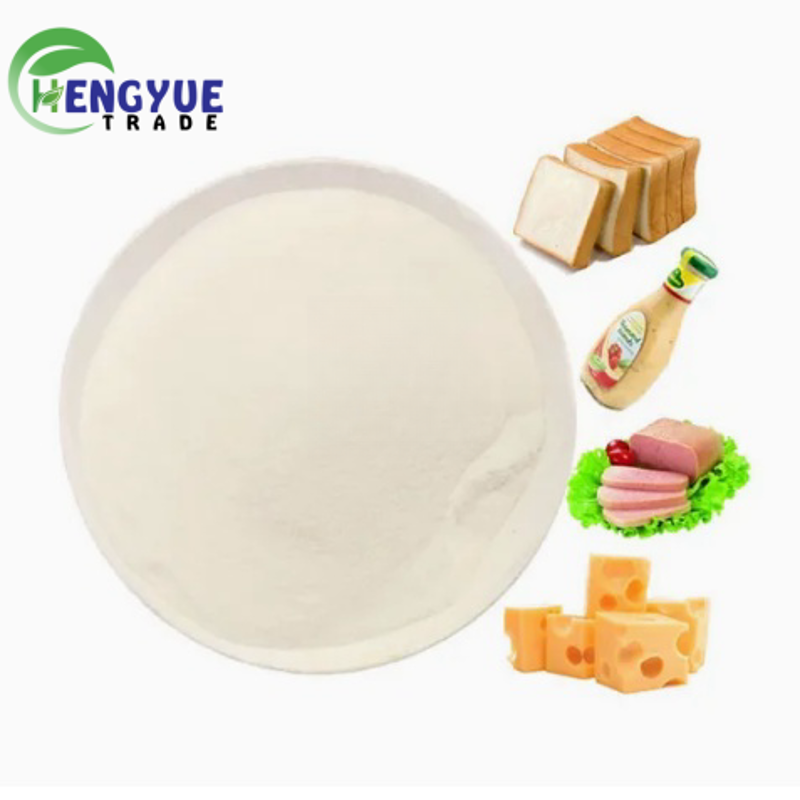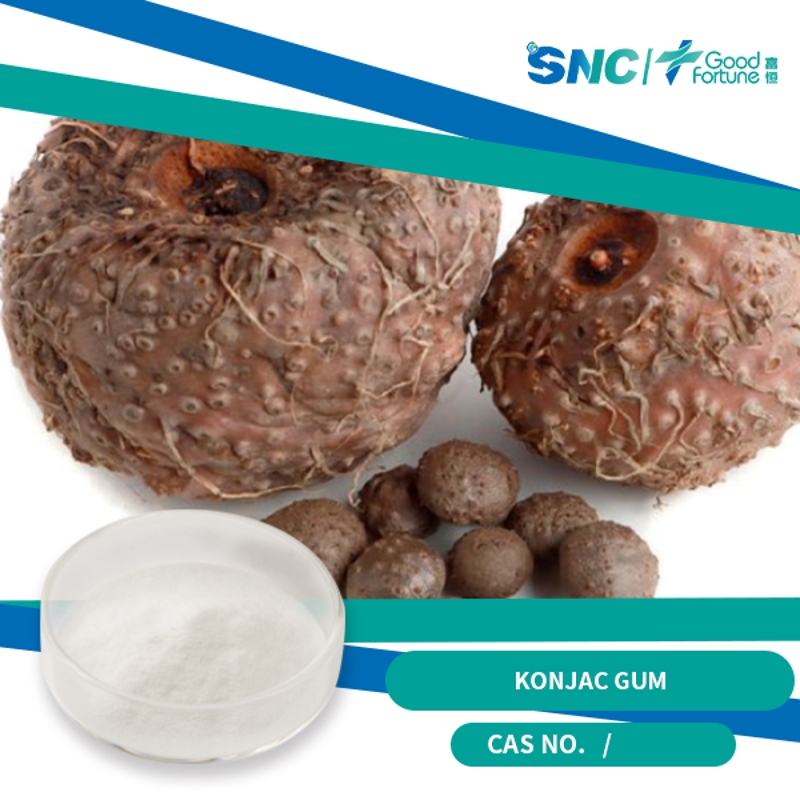-
Categories
-
Pharmaceutical Intermediates
-
Active Pharmaceutical Ingredients
-
Food Additives
- Industrial Coatings
- Agrochemicals
- Dyes and Pigments
- Surfactant
- Flavors and Fragrances
- Chemical Reagents
- Catalyst and Auxiliary
- Natural Products
- Inorganic Chemistry
-
Organic Chemistry
-
Biochemical Engineering
- Analytical Chemistry
-
Cosmetic Ingredient
- Water Treatment Chemical
-
Pharmaceutical Intermediates
Promotion
ECHEMI Mall
Wholesale
Weekly Price
Exhibition
News
-
Trade Service
the original title: Water-based coating sadgtheshould be selected in the components of the coating, there are resin (film-forming material), solvents (water), yan fillers, additives. The additive is a smaller part of the coating, but it is also an important piece, can not be ignored. Next, with small editor to understand the water-based paint with dispersants!, the classification of water-based dispersantsmany kinds of dispersants, preliminary estimates, there are more than 1000 kinds of substances in the world with dispersion. Now according to its structure to distinguish, can be divided into: (1) anion type, (2) cation type, (3) non-ion type, (4) gender type, (5) electro-neutral type, (6) high molecular type (including high molecular weight) ultra-dispersant.(1) anion-type surfactants: mostly made up of non-polar, negatively charged hydrocarbon chain parts and polar hydrophilic groups. The two groups are at both ends of the molecule, forming an asymmetrical hydrophilic molecular structure. Its varieties are; sodium olelate, acetate, sulfate (R-O-SO3Na), sulphate (R-SO3Na), etc. Anion dispersant is soluble and widely used.(2) cation type: a compound with a positive charge of a nonpolar base band. Varieties are 18 carolytic acetic acid, alkyl ammonium salt, amino amphetamine dioleicate, diamine salt, special modified polyamide phosphate and so on. Cation surfactant adsorption force is strong, carbon black, all kinds of iron oxide, organic pigment dispersion effect is better, but pay attention to its chemical reaction with the base material, but also pay attention not to use with anion dispersant at the same time, use should be prudent.(3) non-ion type: can not be ionized, without charge. Absorption on pigment surface is relatively weak, mainly used in water coatings. Varieties are fatty acid ethylene oxide add-on C17H33COO (CH2 CH2O)nH, polyethyl glycol polyol and polyethylene amine derivatives. Their role is to reduce surface tension and improve wetting. If you add some silicone oxane, you can prevent flowering, floating colors, and improve the role of leveling.(4) Gender type: a compound made up of anions and cations. Typical applications are phosphate-type polymers. Higher acid values of these polymers affect interlayer adhesion.(5) electro-neutral type: is the size of anion and cation organic groups in the molecule is basically equal, the whole molecule is neutral but polar. Varieties are: oleic acid(6) polymer type (including high high molecular weight). And the more high-grade and more stable to be polymer icing, for example: a. multi-polyol-polyethylene diamine insert copolymer, b. multi-edor and tri-ethylene tetraamine reaction, c. with the group transfer polymerization, first with methyl acrylate, and then add methylacrylated glycel polymer. d. Low molecular weight polyester produced by polyhydroxytrate, introducing various polyurethanes and polyacrylates produced by anchoring groups. And so on, because their anchoring groups are entangled with resin at one end and with pigment particles at the other. Therefore, storage stability is better, of course, also pay attention not to use too strong solvent, because the solvent is too strong in the case of high shear force, will be these polymer super-dispersant anchor chain dissolved, and thus cause pigment back to coarse flocculation., the principle of dispersants Most dispersants are through wetting, grinding and dispersion, even and wrap stability process to achieve the purpose of dispersing pigment fillers. In water-based coatings, due to cost control reasons, but also can not use more expensive dispersants.most of the wetting dispersants used in themarket today are anionizing and non-ionized. Their principle is low surface tension, quickly wetting pigment particles, and then through high shear forces, such as dispersers, grinding machines, etc. to make pigment particles form a semi-flocculation (or controlled flocculation) dispersion. If at this time the viscosity of the paint is relatively high, there will be no pigment anti-coarse and severe flocculation phenomenon, but if the viscosity control is not good, a long time, there will be a problem; Like a bridge, the benefits of doing so are: good comprehensive performance, but also scattered, and use less, but also to increase the adhesion of the paint, but the disadvantage is that it is not a flocculation group, the requirements of high color display of strong coating is not suitable., through research and practice, the use of dispersants that can deflocculate is recommended in water-based coatings. Because the advantages of doing so are: good color display of pigment, high vividness, good gloss. However, in pure emulsion systems, we recommend the use of dispersants that enhance charge repulsion. Such as electron-neutral amine salts, polyurethrate dispersants. Now there are a number of polyol surfactants on the market, its wetting, permeability is very strong, we can try., recommendations suggest that you use some polymer types and the dispersant of the anti-floc coagulation effect, so that the effect will be better. It is also recommended that you try to use some thickeners when using thickeners that do not affect gloss and do not thicken later.
. Responsible editor:
.







